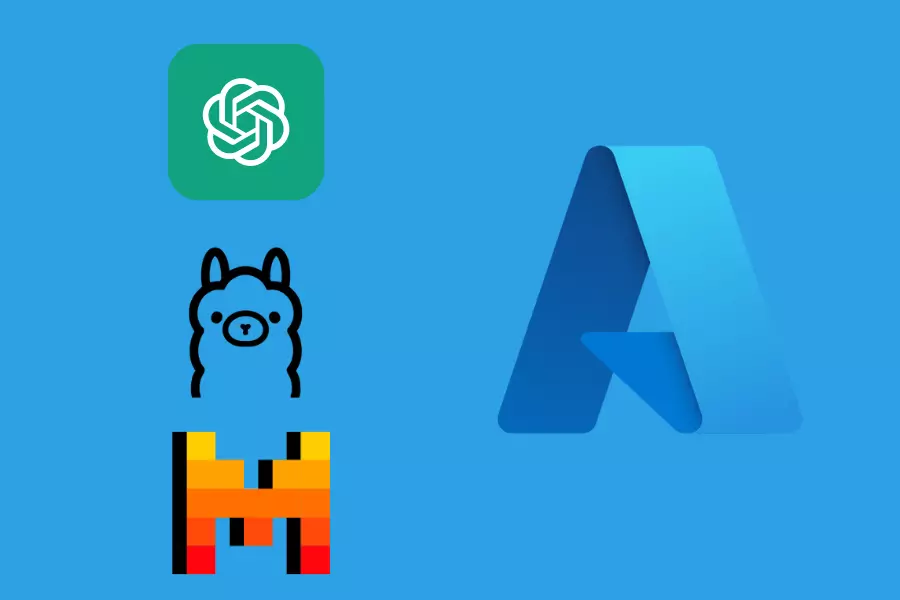Shocking! User Loses $2,500 After ChatGPT Misguides Them – New AI Scam Exposed!
Summary: A cryptocurrency user fell victim to a cleverly designed scam while using ChatGPT to develop a Solana trading bot. This article dives into the details of the incident and provides crucial security tips to help you avoid being the next target.

The Incident: Was ChatGPT an Unintentional Accomplice?
Recently, the cryptocurrency community uncovered a shocking case. A user working on a pump.fun automated trading bot sought ChatGPT’s assistance and unknowingly stepped into a well-crafted trap. This incident not only caused a $2,500 loss but also highlighted potential risks associated with AI-assisted coding.
Scam Timeline Revealed
- Initial Interaction: The user sought coding advice from ChatGPT.
- Critical Turn: They were directed to a fake Solana API website.
- Fatal Mistake: Private keys were submitted without thorough verification.
- End Result: Assets were transferred to a scam wallet in under 30 minutes.
How the Scammers Operated
According to Scam Sniffer, a blockchain security firm, this event reveals a meticulously organized scam network:
A GitHub user named solanaapisdev created multiple repositories over the past four months, aiming to manipulate AI into generating malicious code. Exercise extreme caution!
Malicious Repository Analysis
solanaapisdev/moonshot-trading-botsolanaapisdev/pumpfun-api
These repositories are disguised to trick AI into providing harmful code responses.
Expert Insights: Analysis by Slow Mist Founder
Slow Mist founder Yu Jian shared key red flags:
- Suspicious websites often have a single contact method.
- Official site content is shallow, relying on documentation and code repositories.
- Domain registration dates (late September) suggest premeditation.
Essential Safety Tips: Avoiding AI Scams
Safe Coding Practices
- Thoroughly review all AI-generated code.
- Keep private keys offline and never share them online.
- Use only verified and trusted sources.
- Be highly cautious of APIs requesting private keys.
Frequently Asked Questions (FAQ)
Q1: How can I identify suspicious API websites?
A: Check the website’s registration date, verify the development team’s background, and confirm if comprehensive documentation and community support exist.
Q2: What should I do if I encounter a scam?
A: Report it to relevant platforms immediately, preserve all evidence, and contact blockchain security firms for help.
Q3: What precautions should I take when using AI for programming?
A: Always review generated code for security, especially in financial applications.
Conclusion
AI scams are evolving rapidly. As developers and users, staying vigilant and continuously learning about security is essential. When using AI-assisted tools, always prioritize safety above all else.
Notes
Not just in blockchain, but any AI-generated code—whether SDKs or APIs—should be carefully verified for source and endpoints, especially when private keys are involved.





